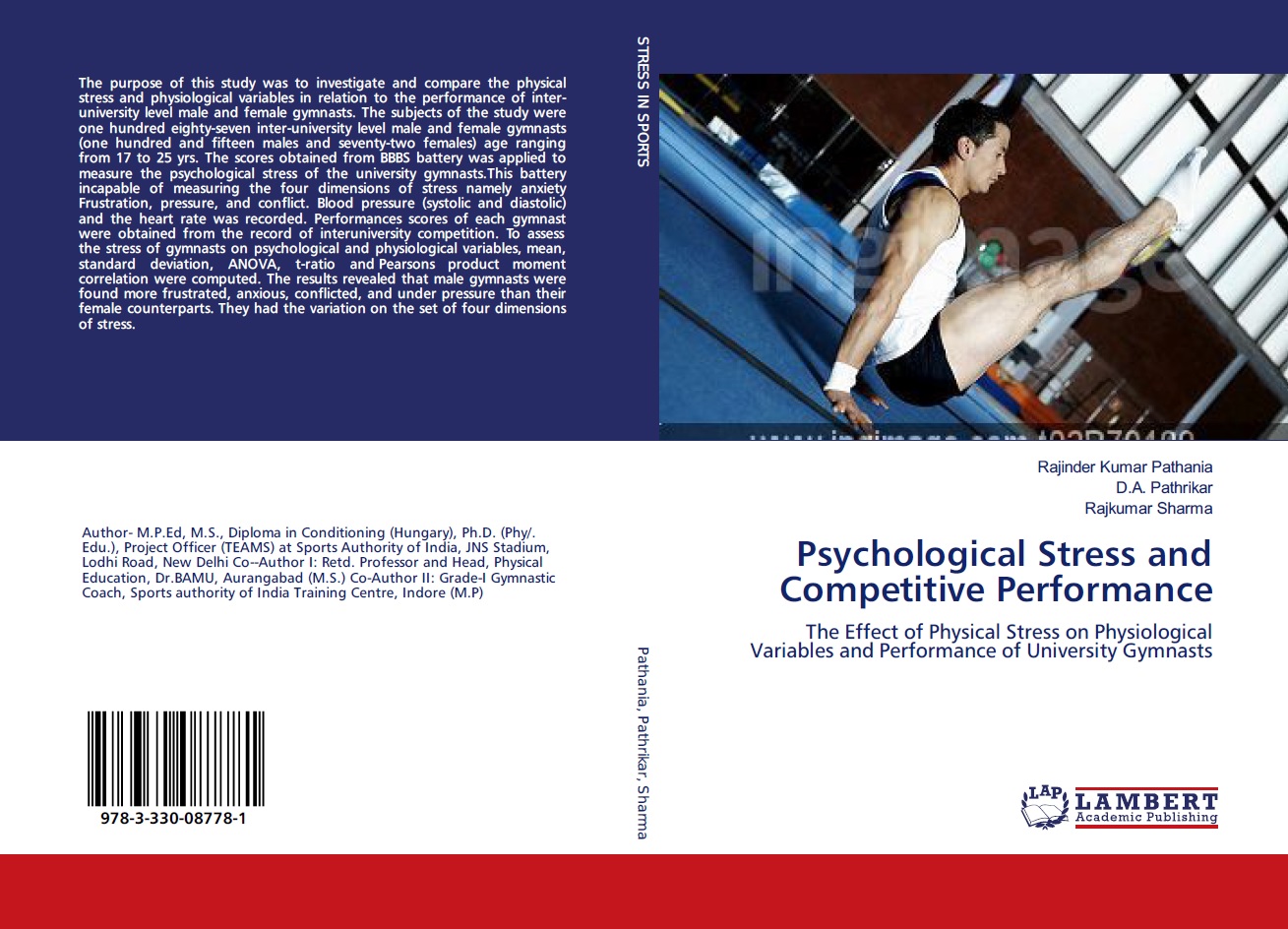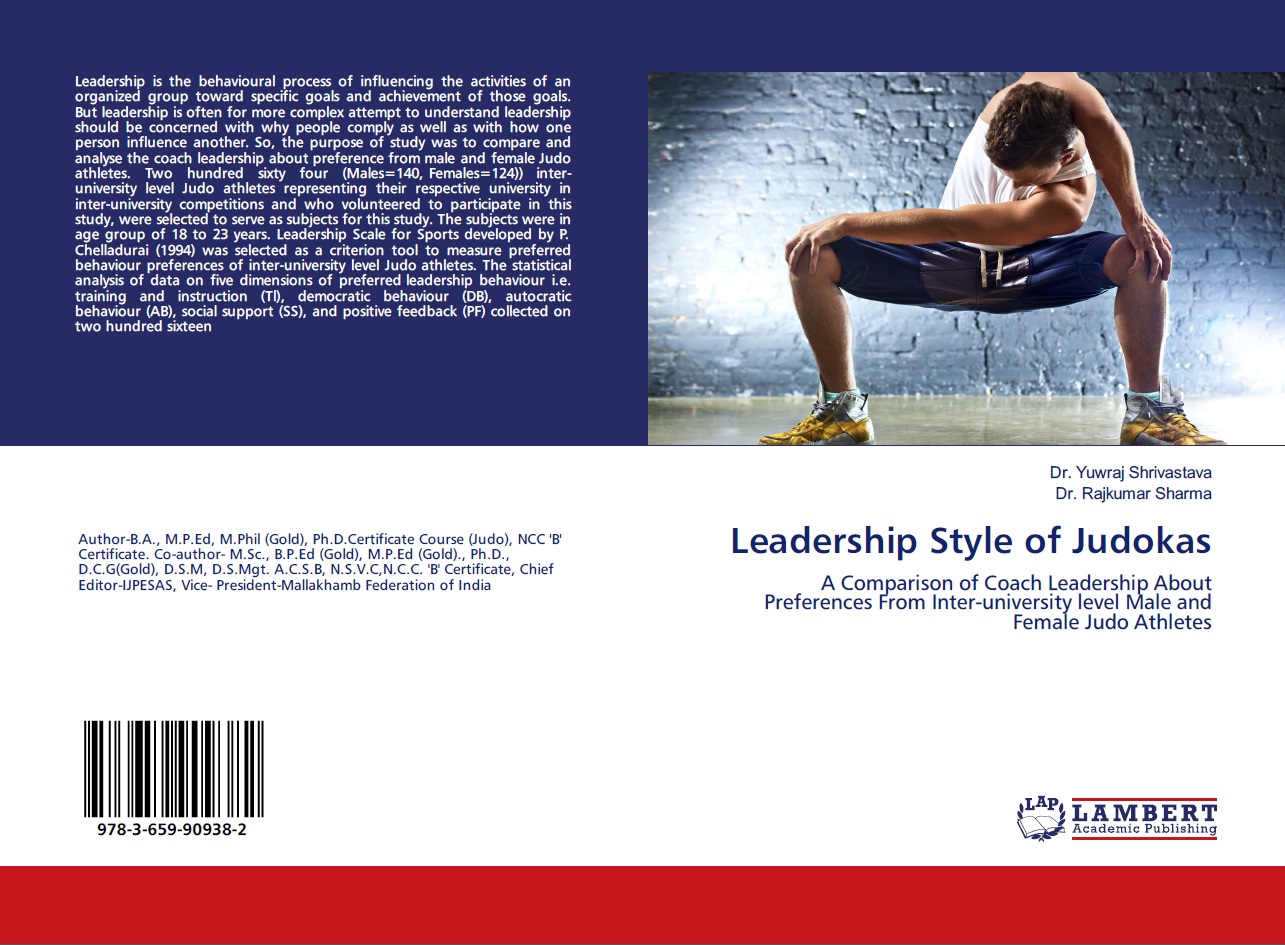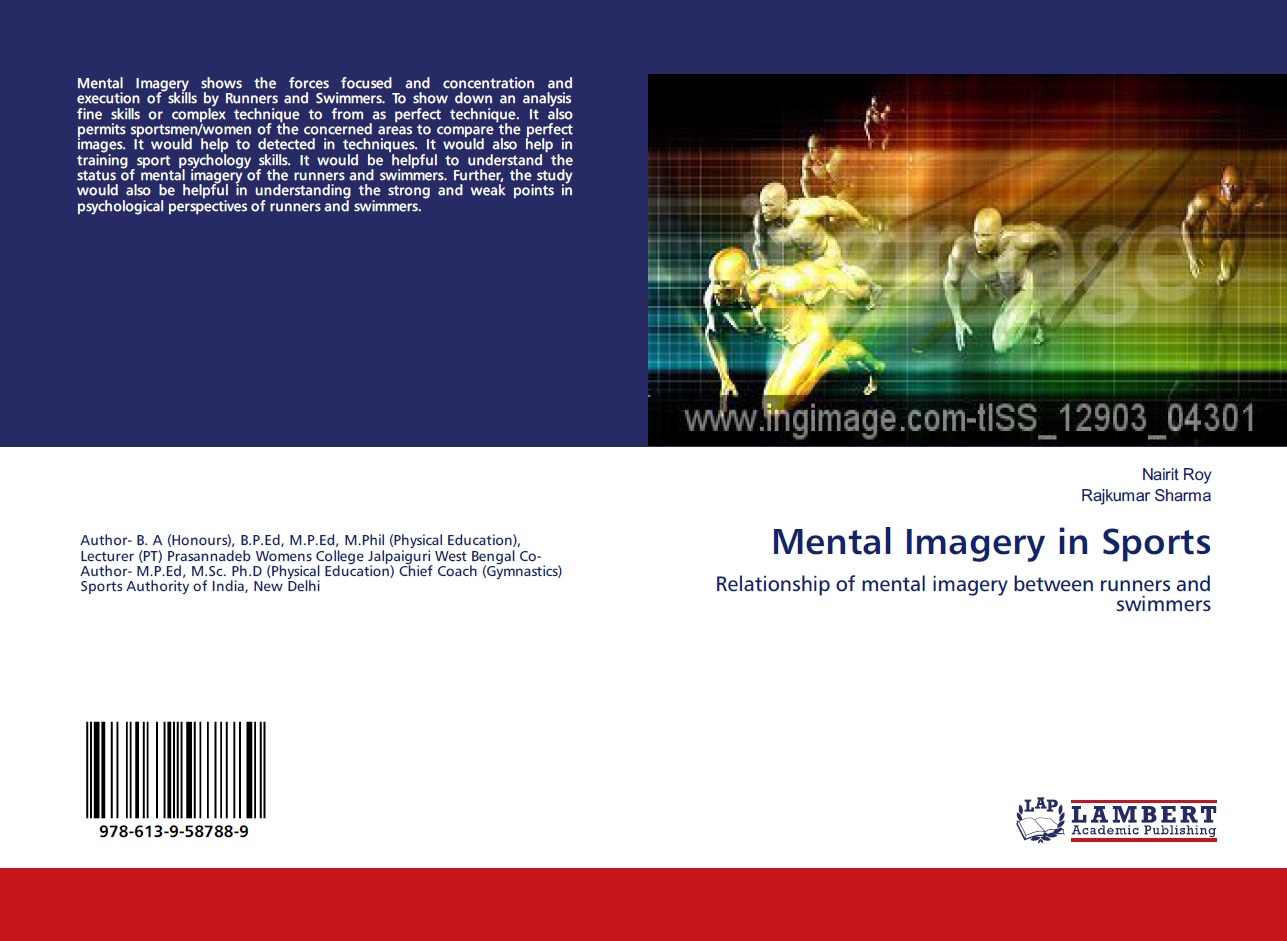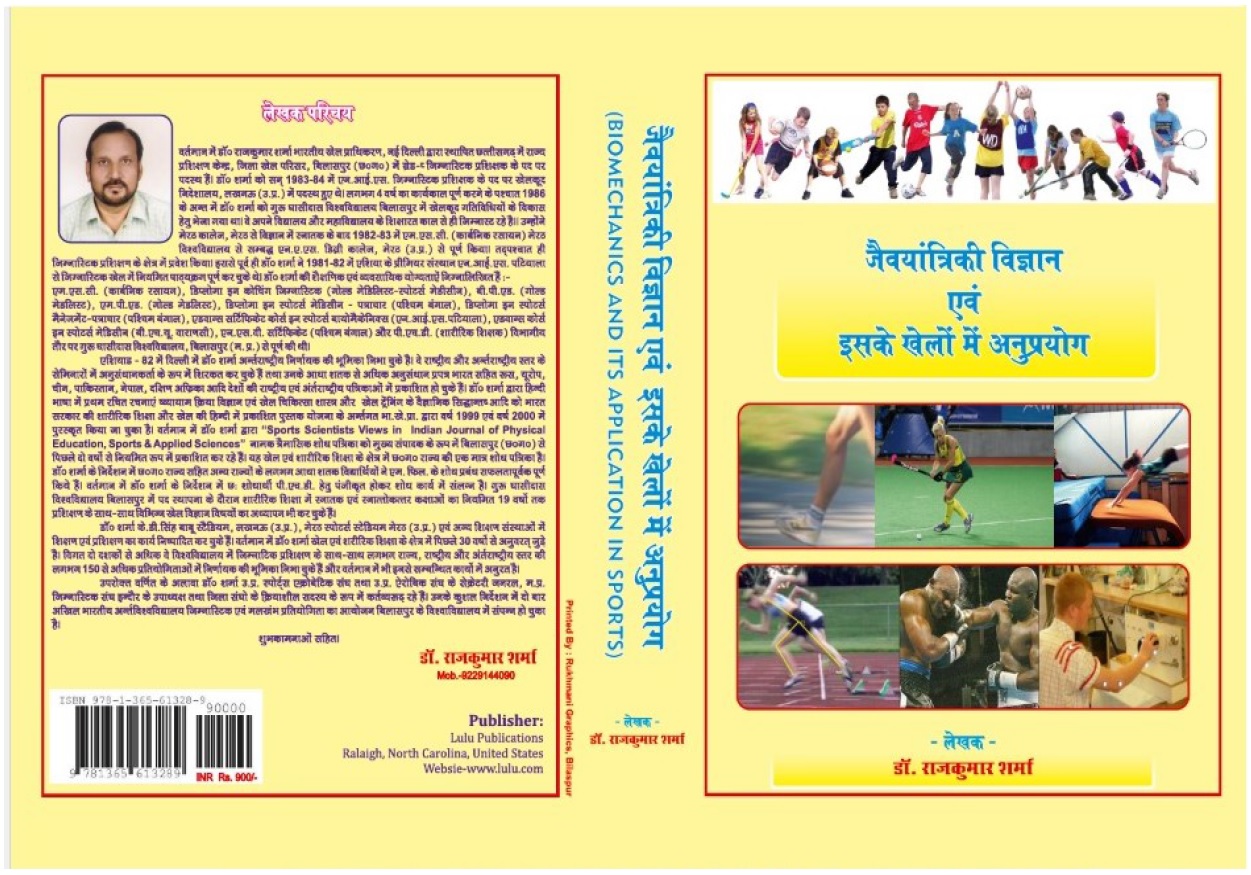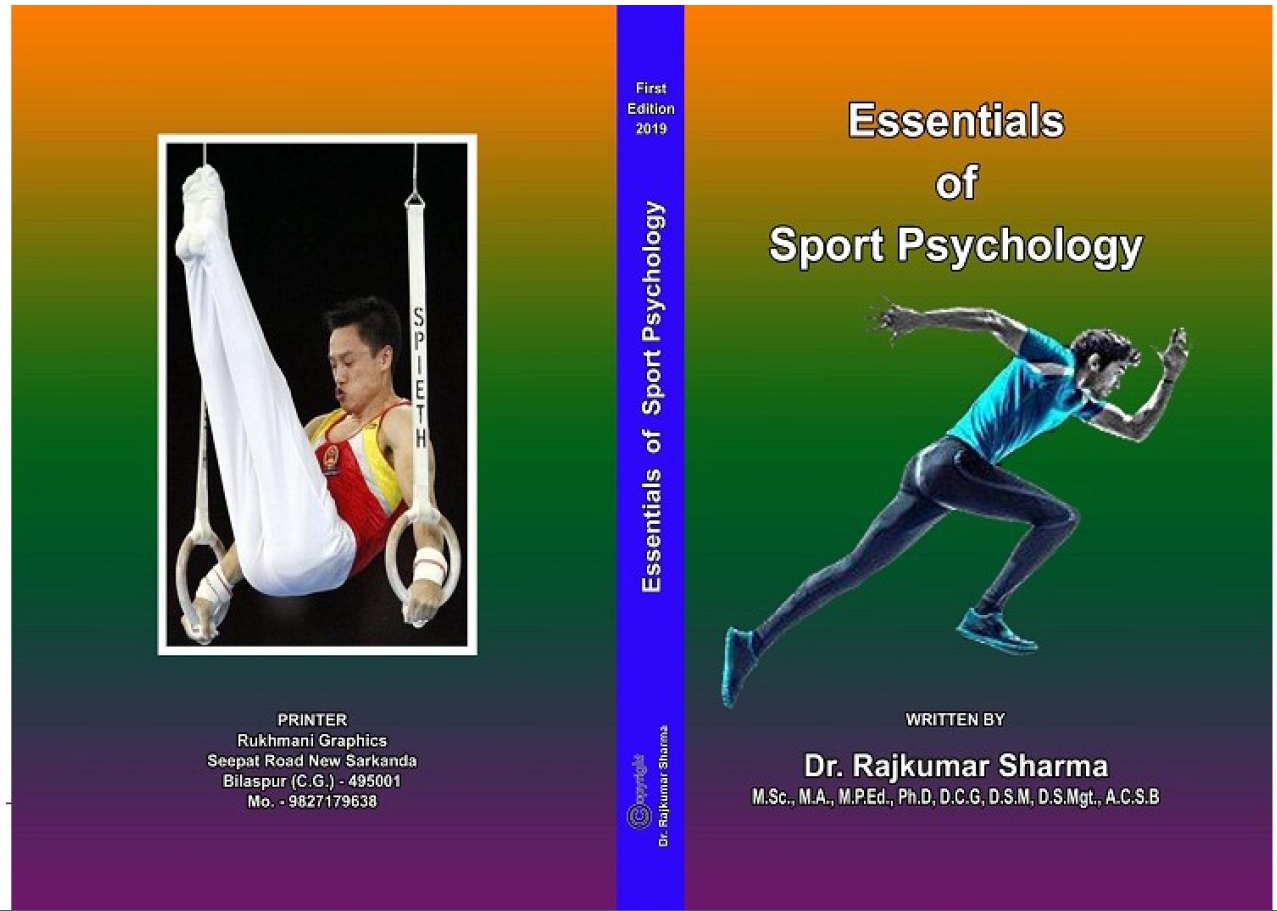| S.No. | Total View Count | Title of Manuscript | Page No | Download/ PDF |
|---|---|---|---|---|
| 1 | A STUDY TO ASSESS THE EFFECT OF PETTLEP IMAGERY TRAINING ON PENALTY FLICK PERFORMANCE WITH PERSON PRESSURE CONDITION AFTER DIFFERENT TRAINING DURATIONS ON DIFFERENT TRAINING GROUPS Author: Neha Khare1 & Dr. R.K. Yadav2 | 51-55 |  7 7 |
Article info
https://doi.org/10.17605/OSF.IO/X8AW3
doi no.: 05-2016-44975451, DOI Link :: https://doi-ds.org/doilink/06.2021-28744495/IJPESAS/V11/I2/A9
AFFILIATIONS:
- Research Scholar , Department of Physical Education, Rani Durgavati Vishwavidyalaya, Jabalpur (M.P.) India
- Director & Head, Department of Physical Education, Rani Durgavati Vishwavidyalaya, Jabalpur (M.P.) India
To achieve the aim of the present research, a purposive sample of sixty National and Inter-University level male Hockey players of 18-25 years in age was randomly divided into four groups. Pre-test and post-test random group design was employed, groups were assigned to three experimental groups and a control group. The experimental groups along with regular hockey practice group ‘A’ received imagery training once per week (lx/wk), group ‘B’ received twice per week (2x/wk), group ‘C’ received three times per week (3x/wk) and the control group participated in regular routine practice. The experiment continued for twelve weeks. The penalty flick performance with person pressure condition was evaluated after six weeks, nine weeks and finally at twelve weeks at the end of experiment.. ANCOVA was used to determine the significance of difference among mean scores of different training groups and control group after different training durations and Repeated measures analysis of variance was used to find out the significance of difference among mean scores of different training durations of different training frequency groups. Results on analysis of effect of PETTLEP imagery training with various training frequencies per week for different durations revealed that neither training frequency per week nor duration of training produced significant improvement in penalty flick performance of hockey players. As the obtained F-ratio of 1.44,1.409,0.913 and 0.186 were less than the required F-ratio 2.83 to be significant at 0.05 level
Key Words: Imagery training, National, Inter-university, Levels, Hockey, Players, Person Pressure.
References
Swainston, S. (2012). The Effect of PETTLEP Imagery in a Pre Shot Routine on Full Swing Golf Shot Accuracy: A Single Subjects Design. International Journal of Golf Science, 1(2), 140-163.
Mohsen Afrouzeh1, Mehdi Sohrabi, Hamid Reza Taheri Torbati, Farshad Gorgin , Cliff Mallett (2013). Effect of PETTLEP Imagery Training on Learning of New Skills in Novice Volleyball Players. Life Science Journal, 10(1s), 231-238.
Holmes, P. S., & Collins, D. J. (2001). The PETTLEP approach to motor imagery: a functional equivalence model for sport psychologists. Journal of Applied Sport Psychology, 13(1), 60-83.
Hall, C.R. & Martin, K.A. (1997). Measuring movement imagery abilities: A revision of the Movement Imagery Questionnaire. Journal of Mental Imagery, 21, 143-154.
Wakefield, C., & Smith, D. (2011). From strength to strength: A single-case design study of PETTLEP imagery frequency. The Sport Psychologist, 25, 305–320.
Phillip G. Post, Cody D. Williams, Duncan Simpson and Joseph M.(2015). Berning The Effects of a PETTLEP Imagery Intervention on the Learning of a Complex Motor Skill. Journal of Imagery Research in Sport and Physical Activity, 10(1), 19–30
Anuar, Nurwina., Williams, Sarah E., & Cumming, Jennifer (2017). Do the physical and environment PETTLEP elements predict sport imagery ability?. European Journal of Sport Science, 17 (10), 1319-1327.
Loehr, J. E. (1986). Mental toughness training for sports: Achieving athletic excellence. Lexington, MA: Stephen Greene Press.
Morris, T., Spittle, M., & Watt, A.P. (2005). Imagery in sport. Champaign, IL: Human Kinetics, p.97
 admin@sportscientistsviews.com
admin@sportscientistsviews.com

